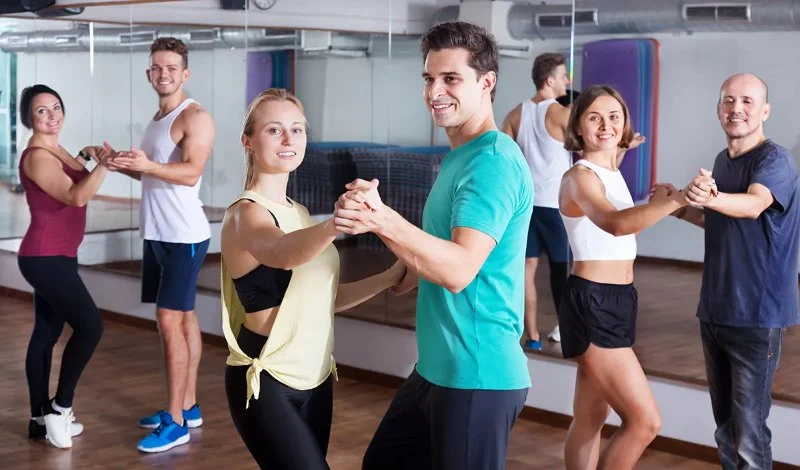
- 1. Why Accessibility in Dance Matters
- 2. Key Features of an Accessible Dance Class
- 3. How to Find Inclusivity in Dance Schools
- 4. Tips for Choosing the Right Dance Class for All Abilities
- 5. The Benefits of Inclusive Dance Programs
- 6. Real-Life Examples of Inclusive Dance Classes
1. Why Accessibility in Dance Matters
Dance is a universal language of movement that brings people together, but not all dance classes are designed to be inclusive. Accessibility in dance is about creating an environment where everyone, regardless of ability, background, or experience level, feels welcome and can participate comfortably. Whether you are looking for a beginner's class or one that accommodates physical challenges, it’s essential to find a program that promotes inclusivity. Accessible dance classes help break down barriers and encourage social engagement while promoting fitness and creative expression.
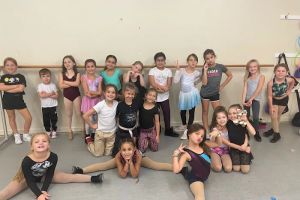
The Dance Connection / the dance connection
WaterfordCamden CountyNew Jersey
386 White Horse Pike, Atco, NJ 08004, USA
2. Key Features of an Accessible Dance Class
When looking for an accessible dance class, here are some essential features to consider:
- Physical Adaptations: Look for programs that offer options for students with mobility challenges. This can include providing space for wheelchairs, using seated dance techniques, or offering modified choreography to suit different abilities.
- Flexible Teaching Methods: An accessible dance class should use varied teaching styles that accommodate different learning speeds. This might include visual aids, verbal cues, and hands-on assistance to help students grasp the movements.
- Inclusive Atmosphere: The class environment should foster respect, encouragement, and positive reinforcement. It should be a space where everyone feels comfortable expressing themselves without judgment.
- Appropriate Class Levels: Ensure that the class offers beginner options or levels that match your skill set, with room to progress at your own pace.
3. How to Find Inclusivity in Dance Schools
Finding an inclusive dance program requires a little research. Here’s how to ensure you’re enrolling in a class that is genuinely accessible:
- Research Local Dance Studios: Start by looking up local dance studios or community centers that advertise inclusive programs. Check their websites or call ahead to inquire about their accessibility offerings.
- Ask About Experience with Diverse Groups: Inquire whether the instructors have experience working with people of all abilities. Some programs may specialize in specific groups, such as children, seniors, or people with disabilities.
- Look for Testimonials: Reading reviews and testimonials from other students can help you gauge how welcoming and effective the class is for individuals with diverse needs.
- Explore Online Platforms: Many dance classes are available virtually, which can be particularly helpful for those with limited mobility. Online classes can offer flexibility and allow you to participate from the comfort of your home.
4. Tips for Choosing the Right Dance Class for All Abilities
When choosing a dance class, keep these tips in mind to ensure the class is right for your needs:
- Check the Class Size: Smaller classes are often more inclusive as they allow instructors to provide individual attention to each student, ensuring everyone receives the support they need.
- Consider the Instructors’ Qualifications: Look for instructors who are trained not only in dance but also in working with diverse populations. This ensures they are prepared to make necessary adjustments to the class format.
- Attend a Trial Class: Many studios offer trial classes or introductory sessions. Take advantage of these to gauge if the environment and teaching style are right for you.
- Assess the Comfort Level: After attending a few classes, evaluate whether you feel comfortable and included in the class. It’s essential that you feel supported and able to participate fully.
5. The Benefits of Inclusive Dance Programs
Participating in inclusive dance programs offers many physical, mental, and emotional benefits:
- Improved Physical Health: Dance helps improve flexibility, balance, and strength, and inclusive classes are designed to accommodate all fitness levels.
- Boosted Confidence: As individuals develop their skills and experience success in the class, their self-esteem and confidence grow.
- Social Connection: Dance classes create a sense of community, helping people form friendships and connections with others who share similar interests.
- Mental Wellness: Dance has been shown to reduce stress and anxiety, improve mood, and provide a healthy outlet for emotional expression.
6. Real-Life Examples of Inclusive Dance Classes
Many dance programs around the world are leading the way in inclusivity. For example, Creative Edge Dance Studio offers a variety of classes specifically designed for individuals with physical and developmental disabilities. Their experienced instructors tailor the classes to meet each student’s needs, ensuring that everyone can participate regardless of ability.
Another great example is the Dance for All program, which has helped provide dance classes to underserved communities and individuals with disabilities. Through this initiative, participants have the opportunity to express themselves through movement, building confidence and forming a supportive dance community.
These real-life examples show how accessible dance programs can make a significant impact on people’s lives, helping them feel valued and included in a fun and active way.
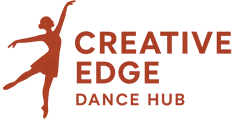
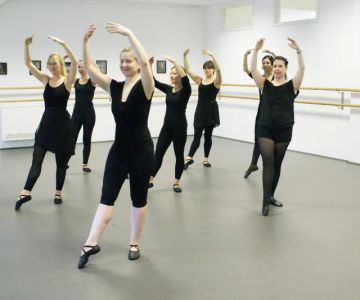
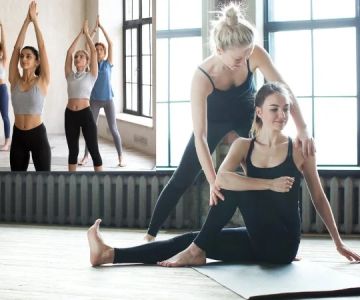
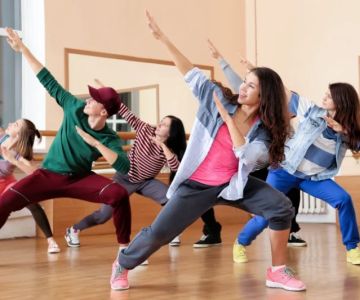
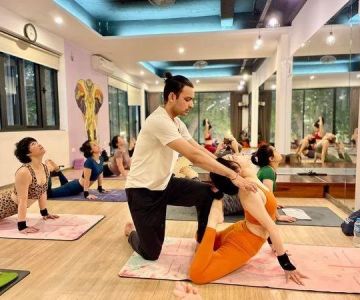
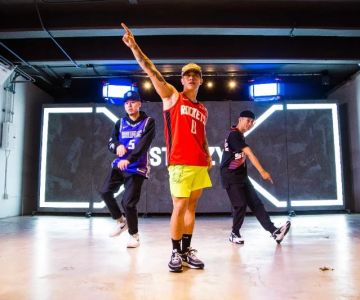
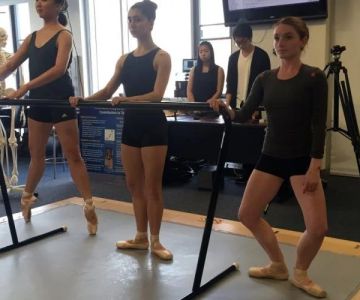
 PoleFit Carolinas - Voted Best with Two Locations to Serve You4.0 (38 reviews)
PoleFit Carolinas - Voted Best with Two Locations to Serve You4.0 (38 reviews) Step 1 Dance 2 Academy4.0 (11 reviews)
Step 1 Dance 2 Academy4.0 (11 reviews)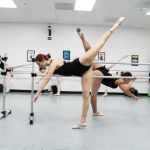 Showcase Dance Studio4.0 (43 reviews)
Showcase Dance Studio4.0 (43 reviews)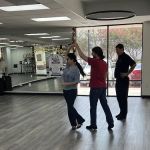 Dance Vision Studios-Memorial5.0 (18 reviews)
Dance Vision Studios-Memorial5.0 (18 reviews)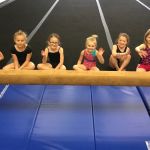 Shall We Dance: Summersville Gymnastics Center0.0 (0 reviews)
Shall We Dance: Summersville Gymnastics Center0.0 (0 reviews)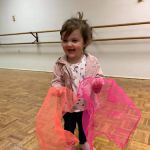 Workshops In Dance5.0 (7 reviews)
Workshops In Dance5.0 (7 reviews)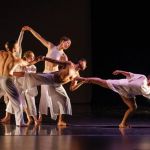 The History of Contemporary Dance in the US: Evolution and Influence
The History of Contemporary Dance in the US: Evolution and Influence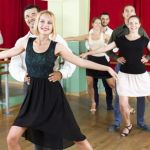 How to Transition from Dance Classes to Social Dancing: A Complete Guide
How to Transition from Dance Classes to Social Dancing: A Complete Guide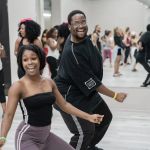 How to Find a Dance Class with a Live Band – Discover the Best Dance Experiences
How to Find a Dance Class with a Live Band – Discover the Best Dance Experiences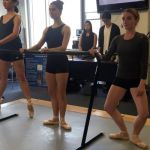 What is Dance Kinesiology? Understanding the Science of Movement
What is Dance Kinesiology? Understanding the Science of Movement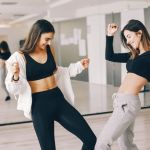 The Best Dance Styles for Stress Relief and Relaxation - Move, Breathe, and Unwind
The Best Dance Styles for Stress Relief and Relaxation - Move, Breathe, and Unwind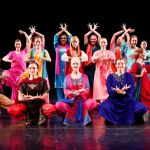 The Role of Festivals in the Dance Community Culture
The Role of Festivals in the Dance Community Culture